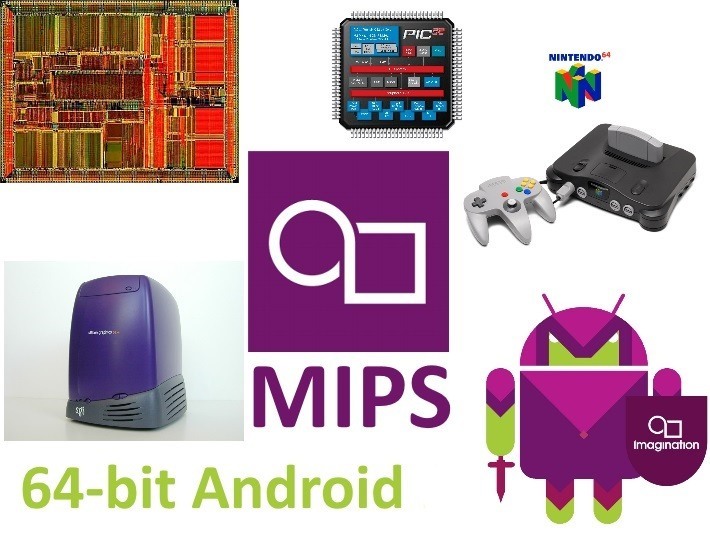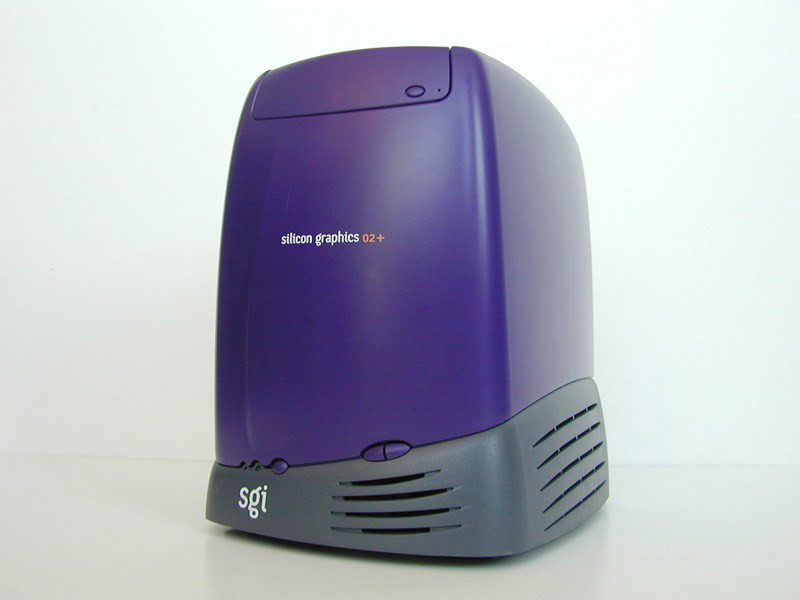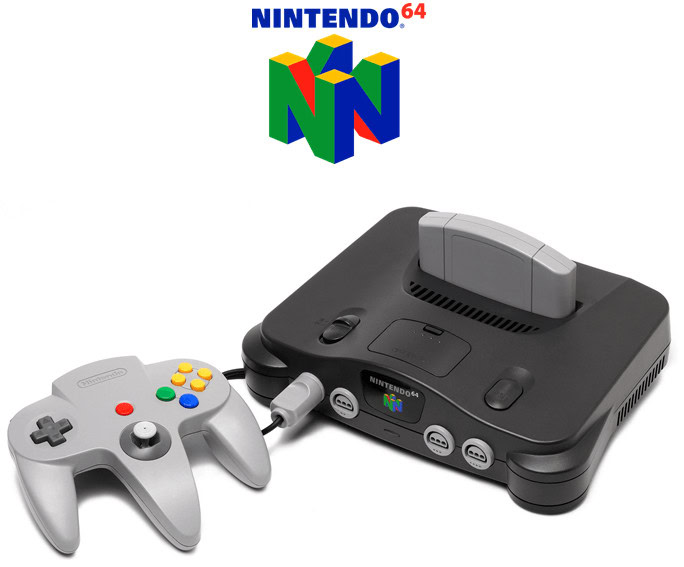Affiliate links on Android Authority may earn us a commission. Learn more.
Nintendo 64, Android Lollipop, and microcontrollers: The story of MIPS
Published onOctober 16, 2014

The Android operating system runs on three different types of processors, one of which is MIPS. You may not be that familiar with the name, but MIPS processors have been around since the mid-1980s. Back then MIPS Computer Systems, inc., was the darling of Silicon Valley. The company was known for producing state-of-the-art RISC (Reduced Instruction Set Computer) processors that delivered top performance in small areas of silicon.
The company was started by a group of researchers from Stanford University that included John L. Hennessy, the “godfather of Silicon Valley”. Probably the most famous processor to come from MIPS during those early years was the R3000. It was used by lots of big name companies including Digital Equipment Corporation (DEC) for their DECstation workstations and multiprocessor DECsystem servers, and by Sony in the PlayStation and PlayStation 2.

MIPS garnered so much attention that in 1992 Silicon Graphics (SGI), the de-facto workstation brand of the time, bought the company so that it could use the processors in its units. MIPS was at the top of its game. The company created its MIPS III instruction set architecture (ISA) and the subsequent R4000 processor. MIPS III and the R4000 opened the doors to mainstream 64-bit computing, nearly a decade before Intel released its first 64-bit chip, and several years before Sun released its 64-bit SPARC processor. Its only real rival at the time was the 64-bit Alpha processor from DEC. The R4000 and its variants were widely used including in the Nintendo 64 and in various Windows NT workstations.

Like so many computer companies formed the 1980s, the late 1990s proved to be difficult. By 1998 SGI stop using MIPS processors and moved over to Intel’s Itanium. As a result MIPS became an intellectual property licensing company, offering licences for the MIPS architecture and the related microprocessor core designs.
But that isn’t the end of the story. In its new form the company, now known as MIPS Technologies, Inc., continued to design and license MIPS ISAs mainly for its MIPS32 architecture. Although its roots are in servers and workstations, most recently MIPS processors can be found in embedded applications, like mobile, wearables, home entertainment, and networking. For example, in November 2007, Microchip, which is famous for its PIC16 microcontrollers, introduced its new PIC32MX family of 32-bit microcontrollers based on the MIPS32 M4K Core.

In 2009 Android was ported to MIPS. Fast forward a few years and MIPS is one of the official architectures supported by Google. In 2013 MIPS was sold once again, this time to Imagination Technologies, a UK-based company best known for its PowerVR GPUs.
One of the key features of Android Lollipop is its support for 64-bit processors from ARM, Intel and from MIPS. Specifically, MIPS launched its new I-class I6400 CPU family which has lots of Android-specific optimizations, including instructions that accelerate performance in several key areas related to Android like Java run-time compilation, Javascript, and web browsing. What that means is that OEMs will be able to build 64-bit MIPS based smartphones or tablets that are optimized and compatible with Android Lollipop.
The launch of the Nexus 9 has given us the first tantalizing glimpse of a device running 64-bit Android. This marks the beginning of a new era for Android. It will be interesting to see if MIPS can regain some of its former 64-bit glory and make in-roads into the 64-bit smartphone and tablet market. Even if it doesn’t, MIPS will continue to see growth in the various embedded markets where it is already an established player.
Would you consider buying a 64-bit smartphone or tablet with a MIPS processor? Please let us know in the comments section below.